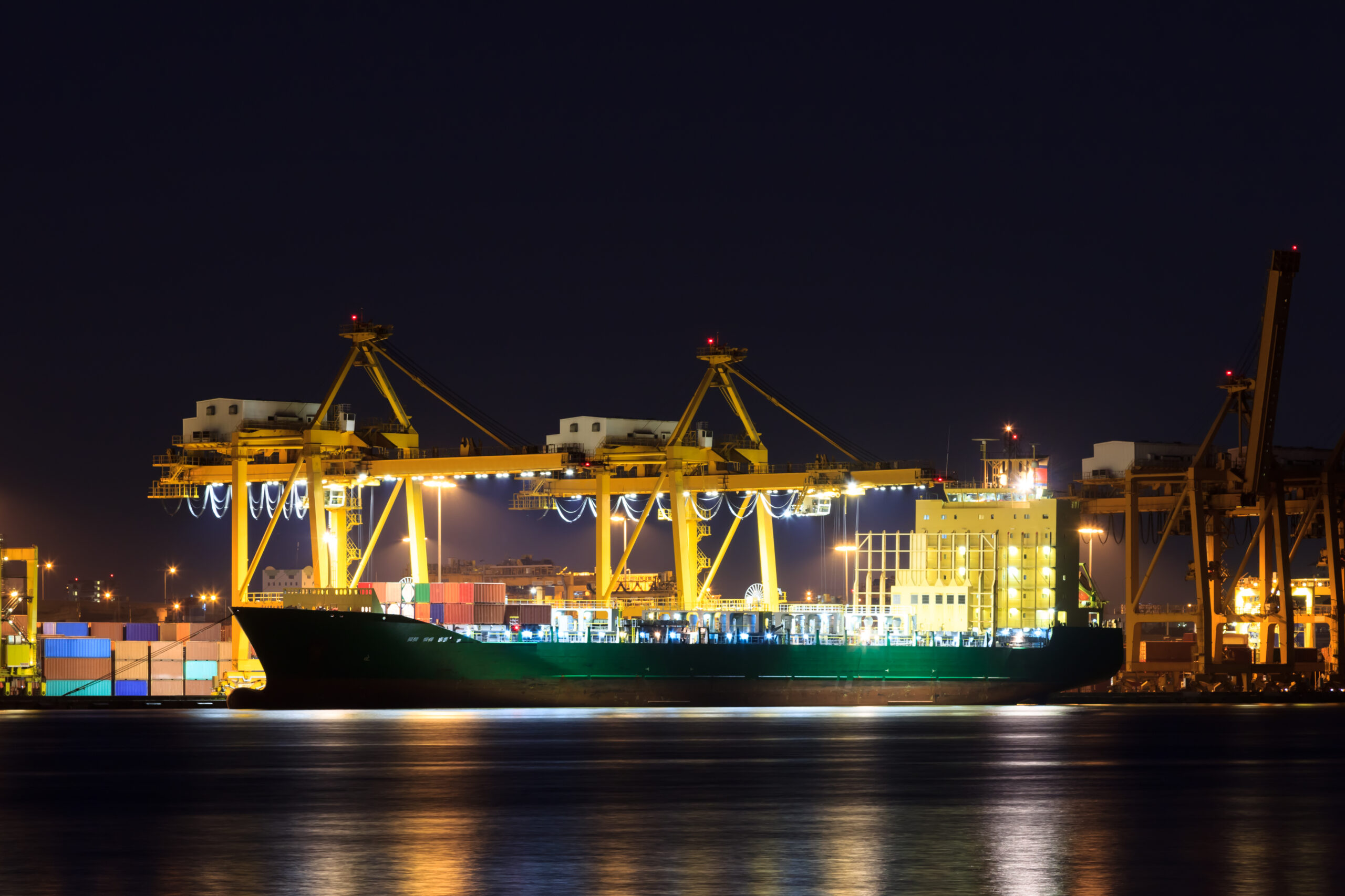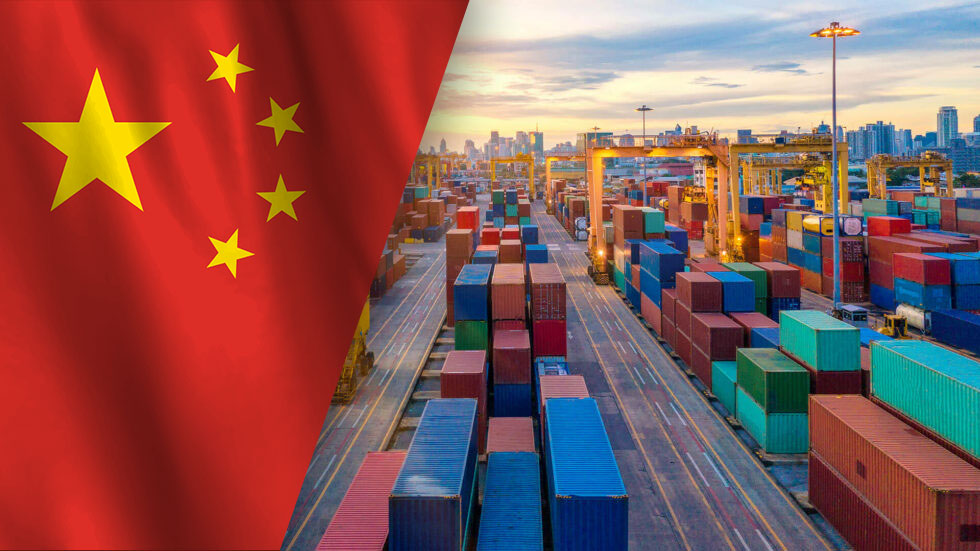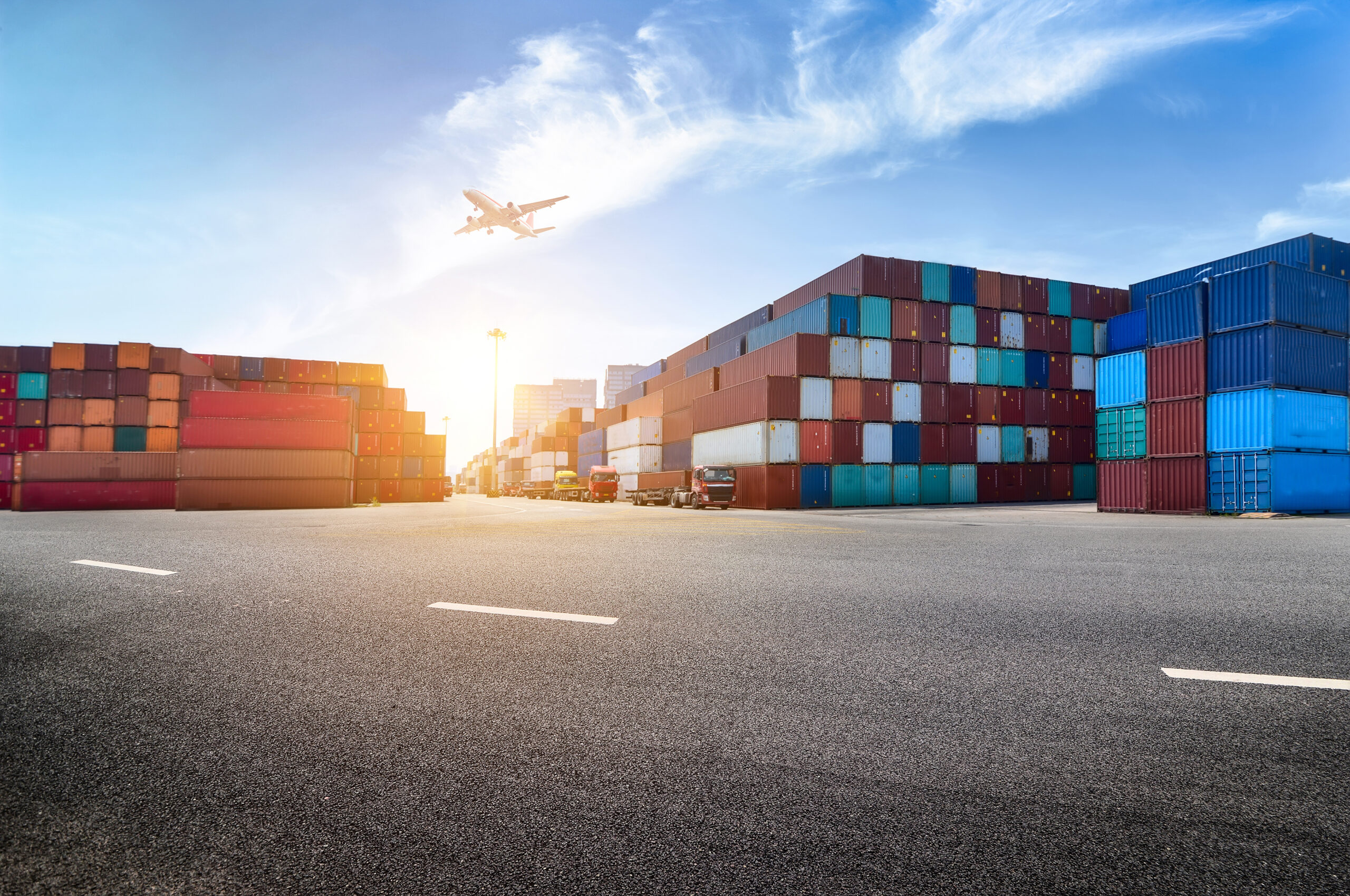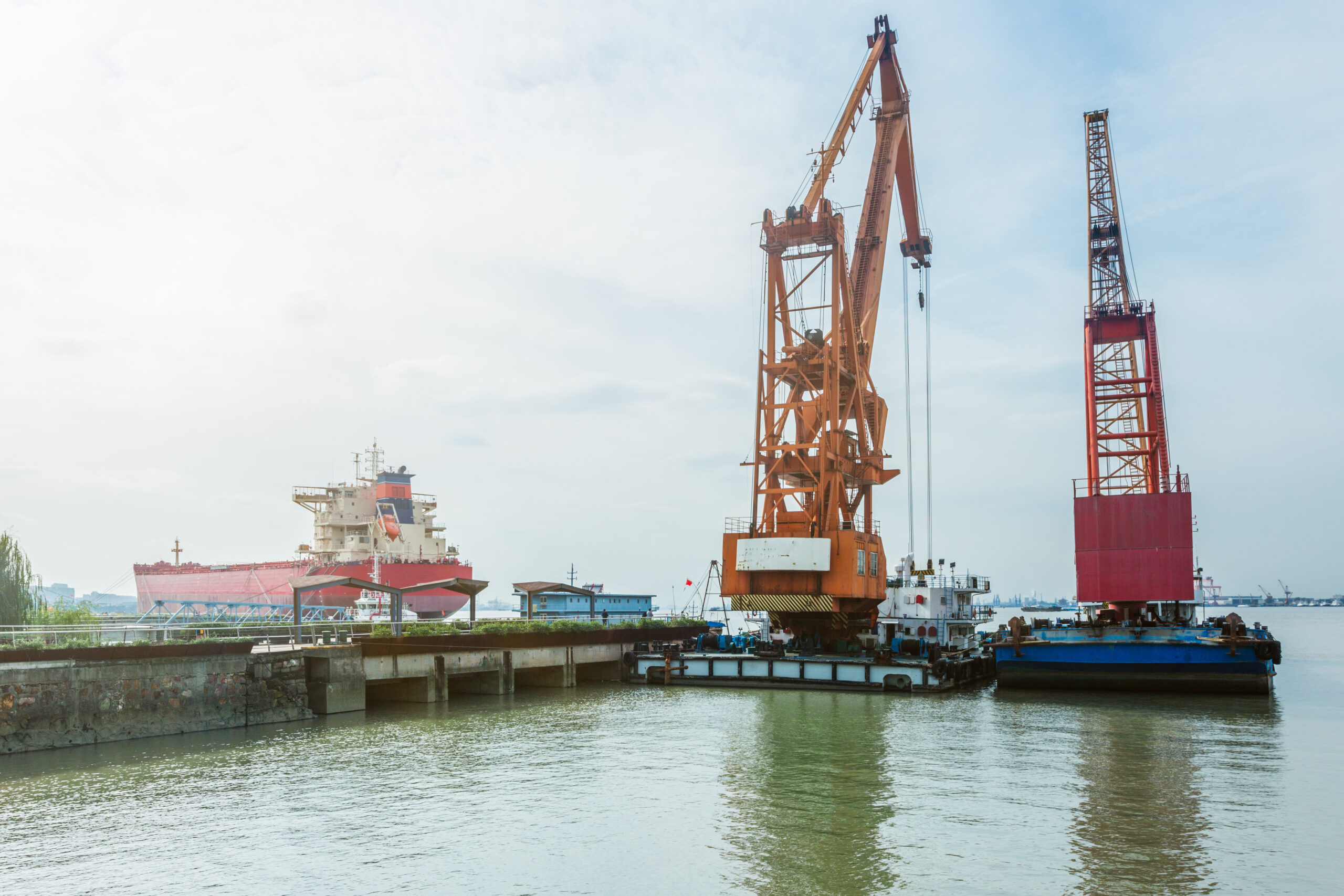This week:
The Port of Los Angeles could face additional backlog and congestion issues due to disruptions caused by Chinese lockdowns in Shanghai, FMC members encourage ocean carriers to avoid applying demurrage and detention fees concerning hold-ups from the Expeditors International hack in February, and California could have a new set of inland port locations within five years that will bolster storage and port efficiency. Ports in the nation’s southeast expect another import surge this summer as Asian containerized imports continue to move away from the West Coast, driving up demand and truckload spot rates in the Gulf.
Shanghai Lockdowns and Port Backlogs Could Lead to Major Disruptions in Los Angeles
The biggest outbreak of COVID-19 in Shanghai since the pandemic began is compounding supply chains and causing backlogs affecting the Port of Los Angeles and American supply chains. The 11th of April saw 25,000 new cases in the area, and while some parts of Shanghai are easing restrictions, most of the city remains locked down.
As a result, Shanghai is seeing major disruptions as transportation and logistics costs increase while trucking has slowed considerably, preventing inputs and materials from reaching factories. The ports in the Shanghai area are also experiencing significant ship backlogs, and some shipping companies report a 30% decline in port efficiency caused by a lack of port trucking transport.
In the USA, the Shanghai backlog is causing a lull at the ports, which could soon lead to an increase in traffic and eventual bottlenecks as China clears the backlog. For the past few months, the Port of Los Angeles has been improving port efficiency by encouraging shippers to make more use of its on-dock rail while experiencing fewer COVID infections among workers. Port and union officials are confident that the port will cope with supply chain challenges from Shanghai. However, rail congestion further inland from the port is still causing problems.
March saw more than 20,000 rail containers with a dwell-on time of nine days or longer, compared with the previous month’s 8,800, something port directors and Washington are working to fix before the situation potentially worsens.
FMC Members Urge Restraint on Ocean Carriers Issuing Per-Diem Fees After Expeditors Cyberattack
Members of the Federal Maritime Commission (FMC) recommend that ocean carriers use caution while assessing per-diem fees on containers held up as a result of the cyberattack on international forwarder Expeditors International in February. Because the cyberattack caused significant delays to shippers, the FMC members are asking if demurrage and detention fees are fair since the delays were not the fault of the shippers.
FMC estimates place per-diem charges for the third quarter of 2021 at approximately $2.2 billion, an increase of 50% compared with the previous quarter of the same year and highlighting the problem of further increases in fees.
In response to the cyberattack on Expeditors International that shut down most of their operating systems globally, the international forwarder has increased capital expenditures by almost three times that of 2021 as they invest more in technology that will prevent an attack in the future.
New California Inland Port Is Planned to Improve the Flow of Ocean Cargo
The California Inland Port (CIP) project looks to establish four inland ports and seven smaller satellite ports in the next three to five years to alleviate port congestion between Los Angeles and Long Beach up to Sacramento.
The $30 billion project is a collaboration between ports, importers, commodity exporters, and development agencies that will focus on reducing port congestion and the cost of domestic transportation. Once operational, the nearby ports can be used more as transit facilities than for container storage to avoid future container congestion issues in the ports, as seen in 2020 and 2021. It would also make empty containers more available to exporters as more containers would be accessible in locations further inland and away from congested coastal freeways, reducing overland transportation expenses.
Some funding for the project comes from the Department of Transportation, while most of the funding will come from importers, exporters, and transportation groups. One large inland port is planned for the Central Valley, two for the central California region, and one in the north to bridge the gap between existing warehouses and transloading facilities located between 50 and 100 miles inland from California’s ports.
Southeast Ports Anticipate Another Import Surge and Anchored Vessels in Summer
Some of the prominent ports of the southeast, such as Savannah, are anticipating another increase in arriving containers this summer which will lead to congestion and many ships once again anchoring offshore as they wait for a space to unload. This will likely occur due to the continued shift in import volumes away from the west and towards the East Coast as imports from Asia are rerouted east to avoid the already congested West Coast ports.
Several external factors contribute to the forecast of southeast congestion, mainly the COVID lockdowns in China, which make it difficult to predict whether ports will be able to work through those backlogs before the busy summer period begins. The ports of Charleston, Savannah, and Virginia are already experiencing a 16% year-over-year increase in Asian imports while also noting additional strain caused by extra loaders and late arrivals.
The Port of Savannah may be better equipped than last year since now it has access to six off-terminal pop-up yards and an additional 1.2 million TEU of annual storage, which will be available by June. Other ports along the southeast have similarly increased their capacities after the previous year’s backlogs.
Charleston is still experiencing backlogs from the third quarter of 2021. However, the port has reduced the number of anchored vessels from 27 to just 15 over three weeks ending on the 11th of April. Virginia has experienced similar congestion caused not by lowered efficiencies or a lack of rail carts but by a series of late-arriving vessels which have hindered their scheduling.
Port Freight Increases to East and Gulf Coast Primes Spot Truck Rates
More international containerized freight is being routed to the East and Gulf Coasts to avoid congestion and port issues in several West Coast ports, causing increases in spot rates and spot market truckload volumes in the Gulf Coast, even as national average spot rates drop.
In the ten states from Texas to Kansas and east to Florida and South Carolina, truckload rates for outbound dry-van spots have increased by as much as $0.04 to $0.13 per mile in March. The trend in this part of the country runs opposite to the drop to $0.08 per mile national average.
In February, Houston saw a year over year increase of 32.4% in containerized imports which sent more deconsolidated container freight to the truckload spot market than usual. This trend played out in other ports around the Gulf and along the East Coast, driving up demand for spot truck rates. Much of the freight arriving in eastern and Gulf ports is also being transported back across the country to the West Coast, placing an additional strain on inland distribution locations and creating a ripple effect in the supply chain around the nation.





